Safe and non-destructive removal
Let us help you reduce your toxic footprint! As your footprint changes, so does your liability.
No matter what size sewer plant you manage, we can solve the PFAS problem for you. We possess the magic box! Our innovative assemblage of technologies provides a safe, fast and efficient treatment for landfills, sewer plants, AFFF fire fighting support and so much more. Finally, a safe solution to remove the forever chemical before it further infiltrates more groundwater in your area.
We’ve developed a multi-media technology that can retrofit into existing waste infrastructure as well as investigate and clean-up PFAS spills.
SWT is a comprehensive assemblage of technology in a variety of circumstances that is specifically designed for today’s regulatory setting. It consists of:
Ezraterra offers Investigation through macro sampling and analysis. The SWT is an efficient remediation solution for wastewater treatment plants, airports and various industrial complexes.
We use proprietary non-destructive technology to remove PFAS. We are capable of removing classic co-contaminants concurrently. Our OTM-045 stack emissions test resulted in 99.99985% removal efficiency meeting Michigan Stack and ambient PFAS standards.
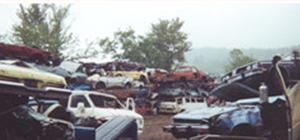
The P&A Auto Wrecking yard was a long standing blighted area ridden with crime. The property consisted of 12.5 acres of prime industrial land. There were 3,500 wrecked automobiles on the site and thousands of tons of other related debris. The site was located adjacent to a Superfund site and five other contaminated properties. The groundwater had commingled plumes from multiple sources.
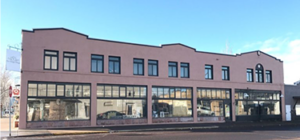
EzraTerra recently completed a renovation of a downtown historic building; the building was disentangled from a regional gasoline groundwater plume. The lower floor is currently leased as retail space. The second floor was developed into an extended stay hotel for Facebook and Apple data farm construction workers. The Main Street Bunkhouse house brings high-wage earners to the downtown core of Prineville.
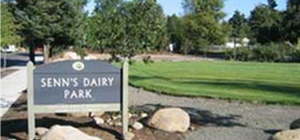
Patrick donated site remediation and consulting services to bring a Portland Brownfield site to closure. All remediation costs were born by Patrick. The remediation and demolition waste was transported to the Waste Management Hillsboro Landfill. The site became a community Park and community garden.
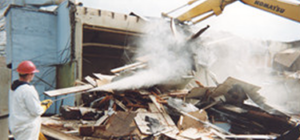
The Rose City Plating property was contaminated with plating fluids, heavy metals, PAHs and hydrocarbons. The site was located in the middle of the historic Sellwood District of Portland. The property was a blight on the community, which prevented new businesses from entering the area. We complete building decontamination and demolition. We removed impacted soil and various underground tanks located during remedial activities. The site was returned to value and now hosts the County Library and high end town homes on the upper floors of the development.
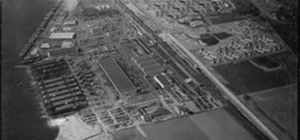
Ezraterra staff completed a site investigation and complete remediation of a historic landfill containing hazardous waste adjacent to the Columbia River using a unique technology-centered approach. At the onset of WWII, the United States granted Kaiser Shipyards a contract to rapidly build liberty ships to support the war effort. The Kaiser Shipyard in Vancouver, Washington was located on the Columbia River. During manufacturing, debris and hazardous wastes were deposited in a landfill adjacent to the Columbia River.
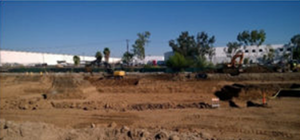
Confidential Client company manufactured medical devices at the Fullerton Plant since the 1950s. Chlorinated hydrocarbons were detected in soil and groundwater during a RCRA closure investigation. The site was overseen by the California Department of Toxics Substance Control (DTSC). The consultant of record expected the remedy to take decades to complete. Soil was initially excavated and treated with Evaporative Desorption under a pilot testing program. South Coast Air Quality Management District issued air permits to operate. The DTSC authorized continued pilot testing operations until 100,000 tons were treated to non detectable concentrations in soil matrix and soil vapor. The site was closed before the Corrective Measure Study was completed by the consultants. The project was completed in less than one year.

Togiak Fisheries is located in a remote Alaska in northern Bristol Bay. The site is only accessed by sea or air; no roads.
Togiak Fisheries historically used diesel and gasoline to fuel electrical generators for their freeze plant and camp operations.
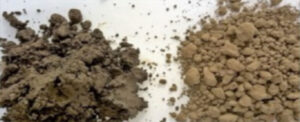
Ezraterra acquired the Apatite Metal Stabilization Technology to handle metal contaminated porous media (soil and sediment). The technology uses a proprietary process to chemically stabilize the metals in soil or sediment by bonding the metals to the soil or sediment. The process addresses the ability for the metals to leach from the soil. The EPA defines RCRA characteristic hazardous waste through a leaching analysis (TCLP). The Apatite metal stabilization treatment process will take elevated TCLP soils and render the soil non-hazardous, which allow the soils to be disposed at a non-hazardous waste landfill at significant cost savings.
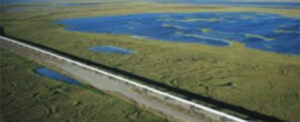
Our technology protects the permafrost; it also reduces the volume of gravel needed for new roads and facility pads resulting in significant cost savings. We use natural materials and the arctic environment to create an insulating layer to protect the new infrastructure from permafrost melt.
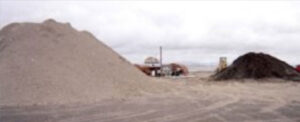
Sintered Wave Technology® uses enhanced capillary flow as a primary mechanism for containment transport.
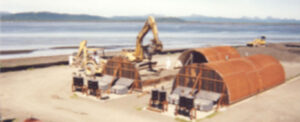
The permeation bed treatment technology is an excavation equipment compatible device. Wheel loaders can freely enter the treatment chamber for loading and unloading the soil. The technology is a static pile arrangement using flameless heat sources. The soil is treated through drawing hot air from a permeation bed, which consists of a large rock bed heating through hot air injection. The rock bed stores the heat, which lowers energy costs.
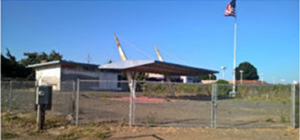
Patrick acquired four brownfield properties in Klamath Falls, Oregon. The properties consisted of one service station, two bulk plants and a former meat packing plant and had been investigated and managed by consultants for decades with no results. These properties were formerly owned by Unocal, Texaco, Chevron and Regal Stations. Soil and ground water were impacted at all the properties. Soil was excavated and treated with Evaporative Desorption. The sites were all closed in less than one year under Oregon Department of Environmental Quality Oversight. The projects were toured by the Oregon Environmental Quality Commissioners (Governor Appointees). The success of the projects led to a Chevron contract to perform soil treatment services.
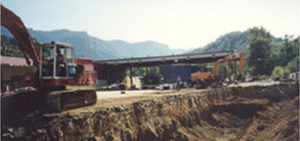
The Fat Harvey’s Truck Stop in Canyonville was contaminated with gasoline and diesel from leaking underground tanks and a historical bulk plant. Soil was excavated and treated onsite. A new $12 Million truck stop was developed in its place creating hundreds of jobs.
